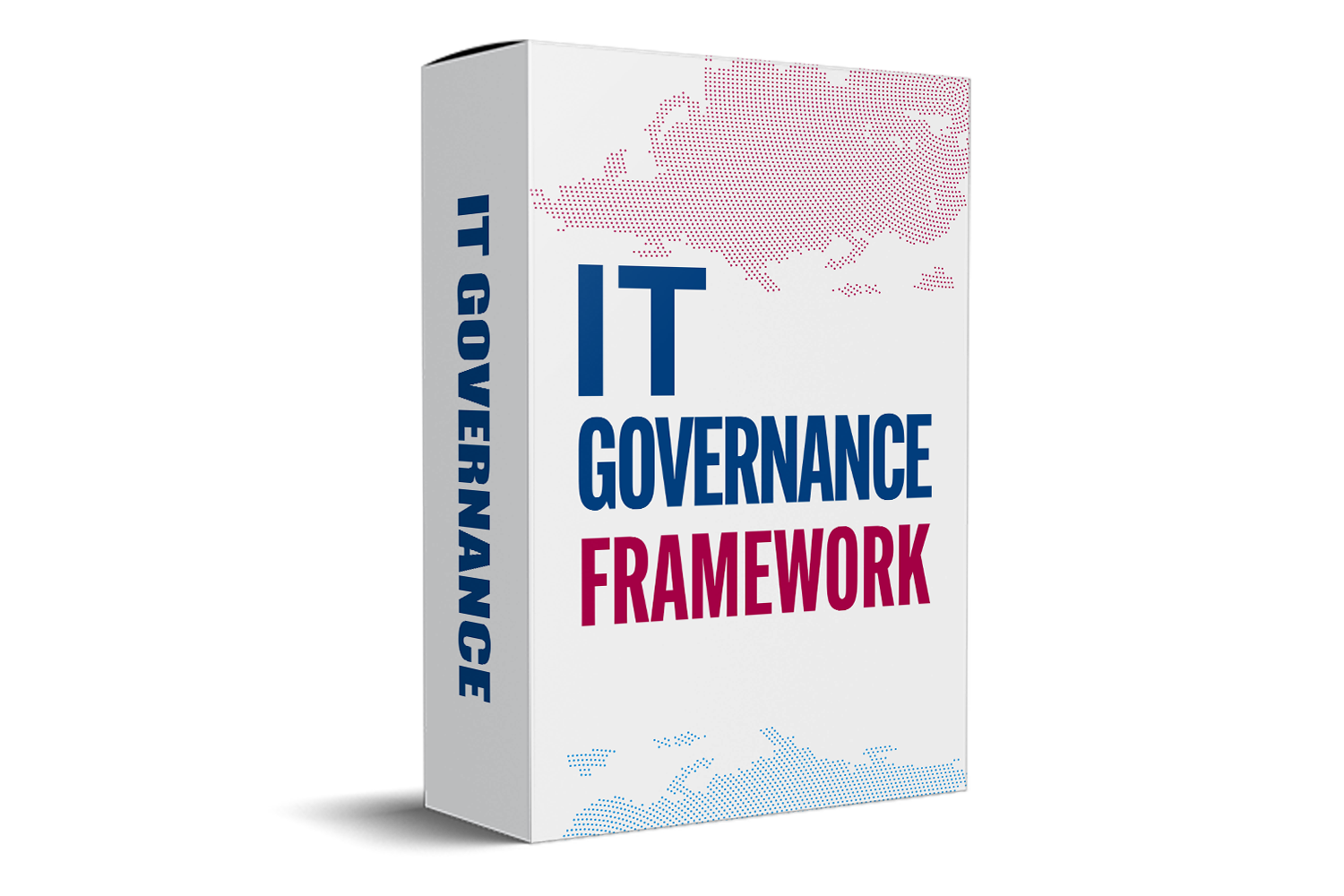What Is Praxis Framework Foundation?
The foundation of the Praxis Framework consists of several key components that work together to enhance the effectiveness of project management methodologies. This framework not only distils essential project management practices but also incorporates recognized standards and approaches from various bodies of knowledge, creating a robust repository of resources for practitioners.

The Underlying Principles Of PRAXIS
At its core, the PRAXIS Framework is built around a set of foundational principles that guide the effective management of projects. These principles include:
- Contextual Adaptation: Unlike many traditional project management methodologies that advocate for a one size fits all approach, PRAXIS encourages practitioners to adapt their methodologies based on the specific context in which they are operating. This resilience allows for tailored solutions that respect the unique dynamics of different projects and organizations.
- Emphasis On Outcomes: PRAXIS shifts the focus from processes and inputs to outcomes and value realization. Prioritizing the end results enables teams to align their efforts with broader organizational goals, ensuring that project initiatives deliver tangible benefits.
- Collaborative Engagement: The framework emphasizes the importance of stakeholder engagement throughout the project lifecycle. Collaboration fosters buy-in, enhances communication, and ultimately leads to more successful project outcomes.
The Role Of PRAXIS In Organizational Development
Beyond individual projects, the PRAXIS Framework serves as a catalyst for organizational development. By fostering a culture of continuous improvement and learning, organizations can enhance their project management capabilities. PRAXIS encourages the assessment of project outcomes to derive insights and drive future initiatives, thereby reinforcing a cycle of growth and enhancement.
This framework also aligns closely with contemporary trends in project management, such as Agile and Lean methodologies. By integrating elements from these approaches, PRAXIS accommodates the shifting needs of modern organizations that require agility and efficiency to remain competitive.
Tools Used In PRAXIS Framework Foundation
1. Project Management Tools: Central to the PRAXIS Framework are various project management tools that help in the systematic organization and execution of projects. Tools like Gantt charts, Kanban boards, and critical path management software are used to visualize timelines and resource allocation efficiently, enabling project managers to identify bottlenecks and adjust schedules as needed.
2. Stakeholder Analysis Techniques: Effective communication and engagement with stakeholders are fundamental in the PRAXIS Framework. Stakeholder analysis techniques, including power interest grids and stakeholder mapping, allow project leaders to identify key stakeholders, understand their needs and expectations, and develop tailored communication strategies to foster collaboration and support.
3. Risk Management Tools: The PRAXIS Framework emphasizes the importance of identifying and managing risks. Tools such as risk registers and risk scoring matrices are utilized to evaluate potential risks, their impact on project objectives, and the likelihood of occurrence. By systematically assessing these risks, teams can develop mitigation strategies to minimize potential disruptions.
4. Performance Measurement Techniques: To ensure that projects align with strategic goals, the PRAXIS Framework incorporates performance measurement techniques. Key Performance Indicators (KPIs), balanced scorecards, and benchmarks are commonly used to track project performance against predefined metrics. This allows for continuous improvement and strategic realignment as necessary.
Techniques Used In PRAXIS Framework Foundation
1. Agile Methodologies: Agile methodologies such as Scrum and Kanban form an integral part of the PRAXIS Framework toolbox. By emphasizing iterative development, flexibility, and customer feedback, these methodologies enhance responsiveness, allowing teams to adapt to changing project requirements effectively.
2. Root Cause Analysis (RCA): When projects encounter challenges, Root Cause Analysis is a technique employed within the PRAXIS Framework to investigate underlying issues. By identifying the root causes of problems, project teams can develop targeted solutions that prevent recurrence, thus maintaining project integrity and performance.
3. Lessons Learned Analysis: The PRAXIS Framework encourages continuous learning through lessons learned analysis. This technique involves reviewing completed projects to extract valuable insights and best practices. By disseminating this knowledge across teams, organizations can build a culture of learning that promotes future project success.
4. Strategic Planning Frameworks: Incorporating strategic planning frameworks within the PRAXIS Framework enables organizations to align projects with broader business objectives. Tools such as SWOT analysis and PESTEL analysis assist in assessing internal and external environments, ensuring that project initiatives are in sync with long-term strategic goals.
Conclusion
In summary, the Praxis Framework Foundation is a comprehensive resource for professionals engaged in project and program management. By combining essential components such as the Praxis Guide, Method, Toolkit, and Community, it offers an adaptable and practical approach to managing projects. The framework's emphasis on flexibility and collaboration makes it an invaluable asset for organizations seeking to improve their project delivery capabilities. As project management continues to evolve, the Praxis Framework stands out as a vital tool for professionals looking to achieve excellence in their endeavours.



